Our frame going forward, is knowledge reformation driven by application of the adapted JoHari Window, given obvious, fallacy-riddled ideological captivity of the intellectual high ground of our civilisation:

Ideological captivity of the high ground also calls forth the perspective that we need to map the high ground:
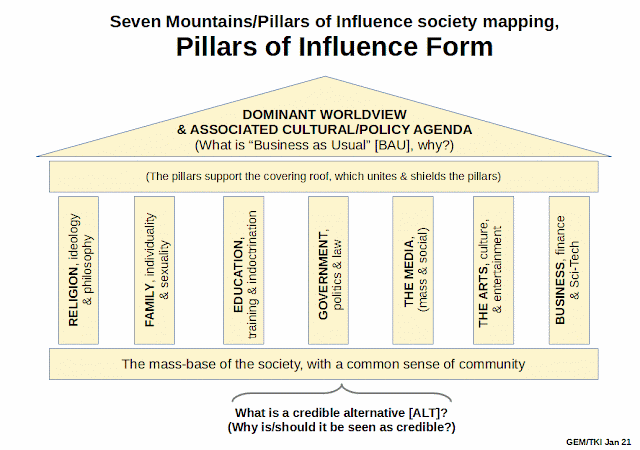
If you want some context on validity:
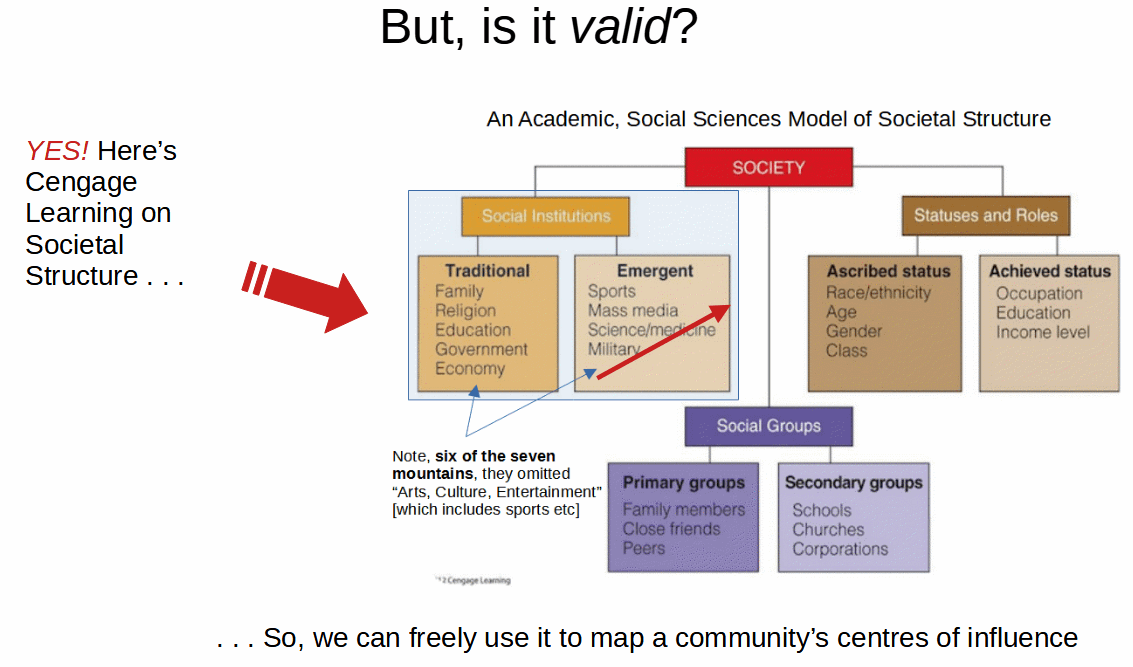
So, we are now looking at ideologically driven captivity of the intellectual high ground and related institutions of our civilisation, leading to compromising the integrity of the knowledge commons through fallacy riddled evolutionary materialistic scientism and related ideologies. Not a happy thought but that is what we have to deal with and find a better way forward.
We already know, knowledge (weak, everyday sense) is warranted, credibly true (so, reliable) belief, and that it is defeasible on finding gaps or errors that force reworking. Classically, that happened twice with Physics, the shattering of the Scholastic view through the Scientific revolution, and the modern physics revolution that showed limitations of newtonian dynamics and classical electromagnetism. Physics, like Humpty Dumpty [and the underlying fallen Roman Empire], has never been put back together again.
But, how do we proceed?
Through systems thinking and systems engineering, on several levels.
First, NASA defines:
“systems engineering” is defined as a methodical, multi-disciplinary approach for the design, realization, technical management, operations, and retirement of a system. A “system” is the combination of elements that function together to produce the capability required to meet a need. The elements include all hardware, software, equipment, facilities, personnel [–> thus, these are sociotechnical systems and bridge engineering and management], processes, and procedures needed for this purpose; that is, all things required to produce system-level results. The results include system-level qualities, properties, characteristics, functions, behavior, and performance. The value added by the system as a whole, beyond that contributed independently by the parts, is primarily created by the relationship among the parts; that is, how they are interconnected. [–> functional, information rich organisation adds value] It is a way of looking at the “big picture” when making technical decisions. It is a way of achieving stakeholder functional, physical, and operational performance requirements in the intended use environment over the planned life of the system within cost, schedule, and other constraints. It is a methodology that supports the containment of the life cycle cost of a system. In other words, systems engineering is a logical way of thinking.
Systems engineering is the art and science of developing an operable system capable of meeting requirements within often opposed constraints. Systems engineering is a holistic, integrative discipline
NASA has a big scoping chart for Systems Engineering in a project/programme management context:
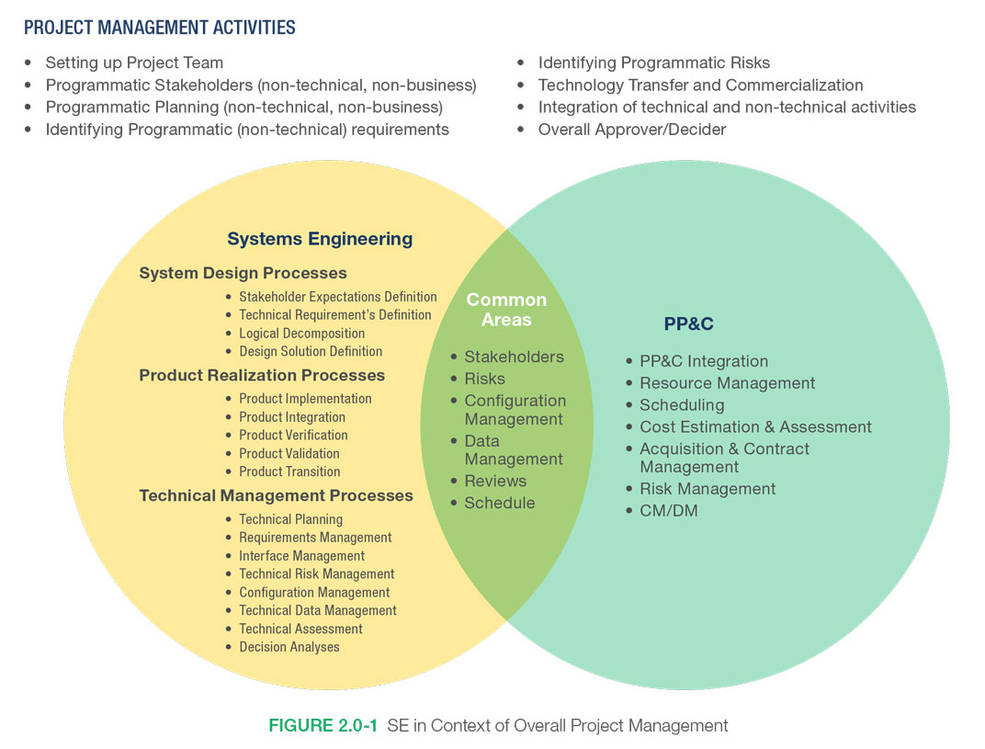
We can look at the Systems Engineering Vee Model (HT: ResearchGate):
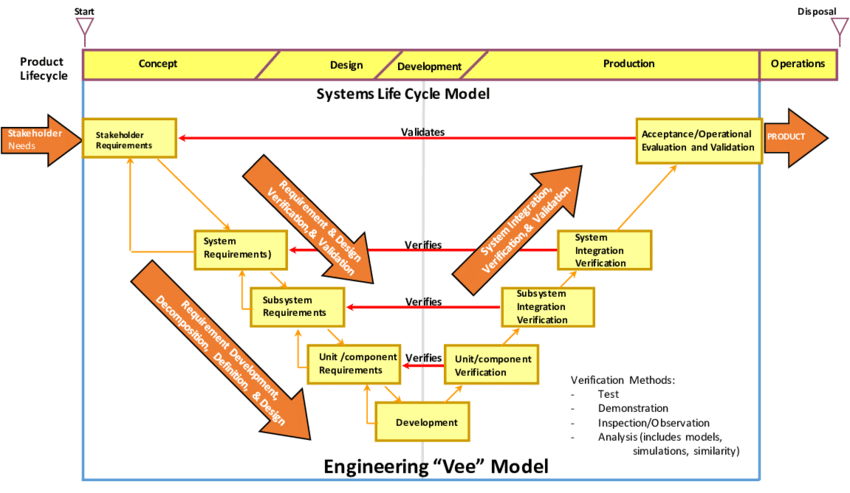
Another view, notice, the implied, layer cake modularity of systems, from physical materials to base devices and components [consider a transistor or a bolt], to function units, to system modules and organisation to overall functionality based on information rich organisation:
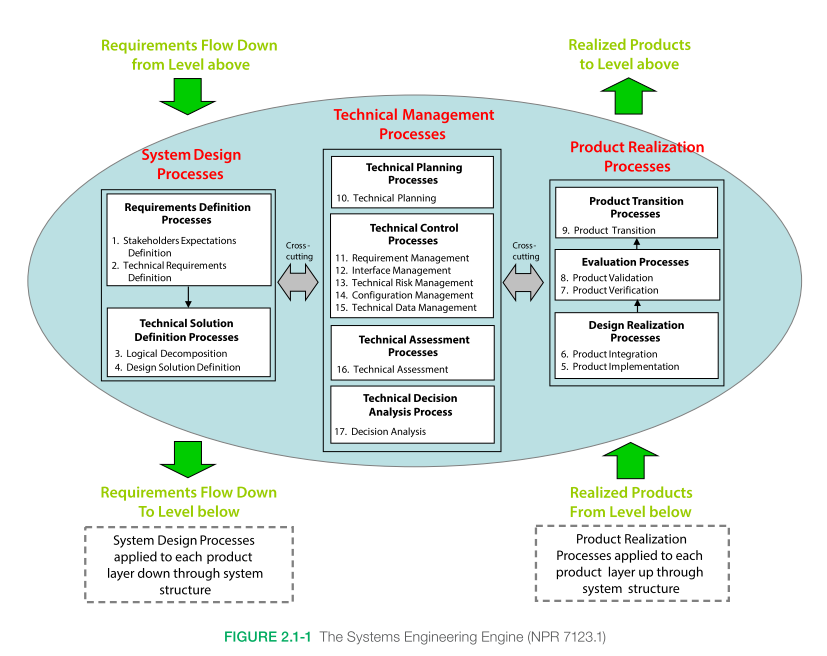
U/D, Oct 13: We may add a chart on a key subset of SE, reverse engineering, RE:
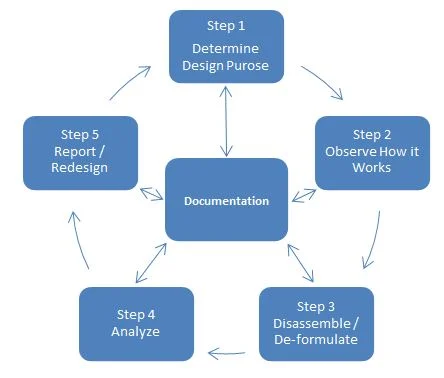
One of the most significant RE-FE exercises was the clean room duplication of the IBM PC’s operating framework that allowed lawsuit-proof clones to be built that then led to the explosion of PC-compatible machines. By the time this was over, IBM sold out to Lenovo and went back to its core competency, Mainframes. Where, now, a mainframe today is in effect a high end packaged server farm; the microprocessor now rules the world, including the supercomputer space.
Here, let us add, a Wikipedia confession as yet another admission against interest:
Reverse engineering (also known as backwards engineering or back engineering) is a process or method through which one attempts to understand through deductive reasoning [–> actually, a poor phrase for inference to best explanation, i.e. abductive reasoning] how a previously made device, process, system, or piece of software accomplishes a task with very little (if any) [–> initial] insight into exactly how it does so. It is essentially the process of opening up or dissecting [–> telling metaphor] a system [–> so, SE applies] to see how it works, in order to duplicate or enhance it. Depending on the system under consideration and the technologies employed, the knowledge gained during reverse engineering can help with repurposing obsolete objects, doing security analysis, or learning how something works.[1][2]
Although the process is specific to the object on which it is being performed, all reverse engineering processes consist of three basic steps: Information extraction, Modeling, and Review. Information extraction refers to the practice of gathering all relevant information [–> telling word, identify the FSCO/I present in the entity, and of course TRIZ is highly relevant esp its library of key design strategies] for performing the operation. Modeling refers to the practice of combining the gathered information into an abstract model [–> that is, the inferred best explanation], which can be used as a guide for designing the new object or system. [–> guess why I think within this century we should be able to build a cell de novo?] Review refers to the testing of the model to ensure the validity of the chosen abstract.[1] Reverse engineering is applicable in the fields of computer engineering, mechanical engineering, design, electronic engineering, software engineering, chemical engineering,[3] and systems biology.[4] [More serious discussion, here.]
We can see that
one paradigm for science is, reverse engineering nature.
This directly connects to, technology as using insights from RE of nature to forward engineer [FE] our own useful systems. And of course that takes us to a theme of founders of modern science, that they were “thinking God’s thoughts after him.”
In that SE-RE-FE context, we can bring on board issues of systems architecture and related matters, as I commented earlier today:
Computer architecture at first level, is the study of the assembly/machine language view, i.e. information, its processing [including coding, algorithmic processes etc], associated function units, their organisation. Underlying physical science and technique to effect these units carries us to the layer cake, modular network, systems view. With analogue computers, the focus is on continuous state function units and how they represent key mathematical operations [famously, integration] that then integrate in a process flow network to handle continuous state information bearing signals and materials or states and phases of dynamic stochastic entities etc. This extends the context to instrumentation, control and systems engineering as well as telecommunications, bringing in frequency domain transforms and approaches as well as state/phase space approaches. These give us fresh eyes to see and more objectively understand the molecular nanotech marvels in the cell.
Obviously, this immediately allows us to reconsider the cell as a marvel of nanotechnology, e.g. here is its metabolic framework, part of how it is a metabolising, molecular nanotech self replicating automaton:
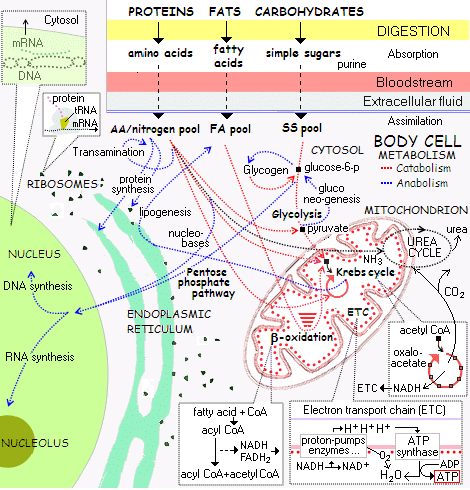
Just the top left corner, already involves a complex algorithmic process using coded information:

Then, there is the communication network this expresses, as Yockey pointed out:
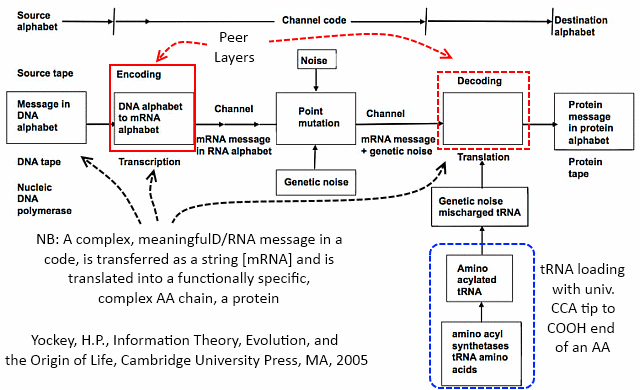
All of this, we have known for decades, but now it is time to independently ponder it as a system and understand how this exemplifies and instantiates such system elements. We can immediately set aside crude fallacies of appeals to dismissible analogies, once we ponder, say, the genetic code as just that, a code:
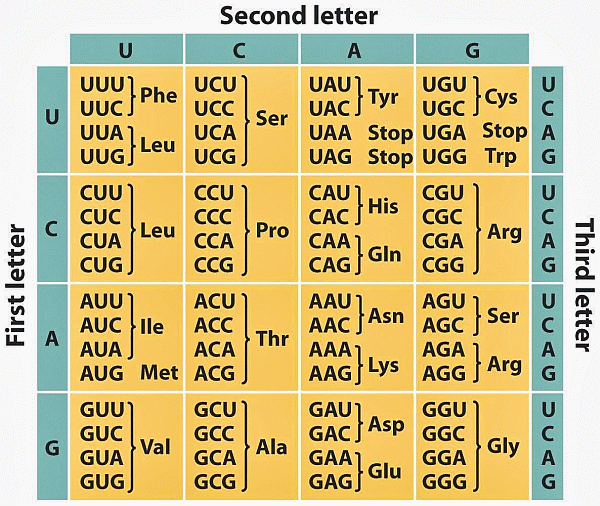
Just for reference, by fair use doctrine, here is Lehninger’s comparison:

By starting from a systems perspective, we can then rebuild knowledge on a sounder footing than the present ideologically driven institutional capture. END
